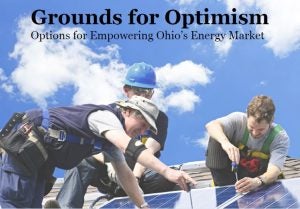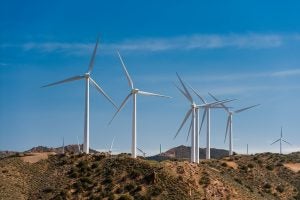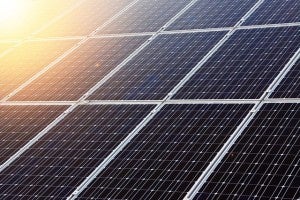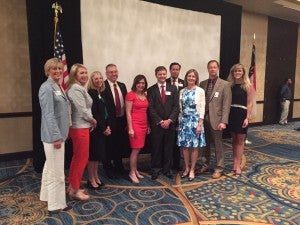 Ohio policymakers are at a crossroads. They can create jobs, grow the economy, cut pollution, and save customers money by rebuilding the state’s renewable and energy efficiency policies, or they can continue to let Ohio fall behind in the clean energy economy.
Ohio policymakers are at a crossroads. They can create jobs, grow the economy, cut pollution, and save customers money by rebuilding the state’s renewable and energy efficiency policies, or they can continue to let Ohio fall behind in the clean energy economy.
A little background: In 2014, the Ohio Legislature placed a two-year freeze on the state’s energy efficiency and renewable energy standards as a result of political pressure from Ohio’s largest power company, FirstEnergy, among others. The standards required electric utilities to generate 12.5 percent of electricity sales from renewable sources, as well as reduce energy consumption 22 percent by 2025 through efficiency programs. Since the freeze, Ohio has lost millions of dollars in energy investment and jobs, and lags behind nearly every other state in percentage of renewable energy generated.
Now that the two years are almost up, it’s time for Ohio to decide how to move forward – if at all – on its clean energy standards. Fortunately, according to a new report from Environmental Defense Fund and The Nature Conservancy, there are at least three achievable routes to reinstate the renewable and efficiency standards – each of which would provide substantial economic and health benefits to the state at a value of $3 to $5 billion by 2030. Read More
 The Los Angeles City Council recently passed a unanimous
The Los Angeles City Council recently passed a unanimous 
 The Clean Power Plan oral argument is coming up soon. On September 27, attorneys will present their arguments in front of the full U.S. Court of Appeals for the D.C. Circuit.
The Clean Power Plan oral argument is coming up soon. On September 27, attorneys will present their arguments in front of the full U.S. Court of Appeals for the D.C. Circuit. Americans across the political spectrum support clean energy. They know it’s good for our economy, our environment and our health. And they know that for too long it’s been held back by partisan politics.
Americans across the political spectrum support clean energy. They know it’s good for our economy, our environment and our health. And they know that for too long it’s been held back by partisan politics.